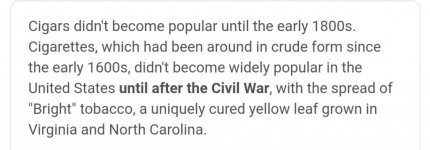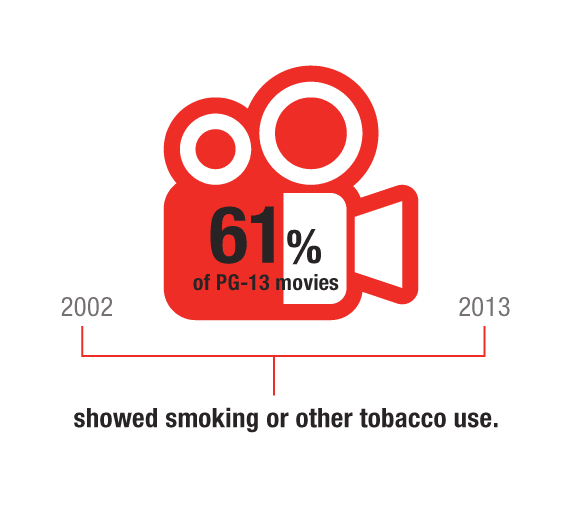After the fall of the South in April 1865 and capture of Jefferson Davis, most Union regiments were mustered out of service in the summer of 1865.
Some few cavalry units were sent West to guard wagon trains or like my great grandfather’s unit, the 12th Missouri United States Volunteer Cavalry, participated in the ill fated Powder River Campaign of 1865. I’m lucky to have been hatched, because the 12th Missouri cavalry would have met the same fate Custer did 11 years later in very close to the same part of Montana if they’d not been crack, experienced veterans armed with repeating Spencer rifles and supported by artillery.
I have a copy of the diary of Charles Springer:
—-
September 8, 1865 near present day Broadus Montana
At the time, Cole was about two miles behind Walker, overseeing the crossing of his wagon train over the Powder River. In his words, Cole ordered the train, "out of the timber and corralled", and the 12th Missouri Volunteer Cavalry "to skirmish through the woods along the river bank to drive out a body of Indians who were posted in the woods". A German immigrant, First Lieutenant Charles H. Springer, of Company B, 12th Missouri Cavalry, said that this took place at about 1:00 p.m. Springer, who was with the 12th Missouri clearing out the woods, described the seen in front of the command: "The whole bottom and hills in advance were covered full of Indians, or to use a soldiers expression, they were thicker than fiddlers in hell". The 12th Missouri, 15th Kansas, 16th Kansas, and one battalion of the 2nd Missouri Light Artillery along with both artillery sections advanced simultaneously toward the warriors. The cannon were unlimbered and began firing at Indians gathered in some woods located in a bend of the Powder River.
—-
I’ve also got a copy of the remanences of George H Holliday of the 6th West Virginia Cavalry, also sent West during 1865.

Both books, and those of others I’ve read mention the same thing about tobacco and Western cavalry service:
1. Native Americans loved the white soldier’s tobacco. But when they got some, they smoked it all up immediately and with great relish.
2. Virtually every United States trooper smoked or chewed tobacco. When available it had to be cheap because the cost of tobacco isn’t mentioned, but the high price of whiskey on the plains is.
3. When soldiers ran out of tobacco they’d smoke tea, coffee, sage brush, and the spent and dried chaws of tobacco chewers. Resupply of tobacco brought great relief.
The pipes most mentioned are cobs. Springer kept a “sweet briar root” he intended to have carved into a pipe. Officers had meerschaums, much envied. Men kept smoking tobacco in pouches, not otherwise well described, and chewers had plug tobacco.
The soldiers wrote how tobacco ( or it’s substitutes) eased hardship, privation, and warded off concerns and lonesomeness.
Interestingly in 1865, there wasn’t one mention of a hand rolled cigarette.
Some few cavalry units were sent West to guard wagon trains or like my great grandfather’s unit, the 12th Missouri United States Volunteer Cavalry, participated in the ill fated Powder River Campaign of 1865. I’m lucky to have been hatched, because the 12th Missouri cavalry would have met the same fate Custer did 11 years later in very close to the same part of Montana if they’d not been crack, experienced veterans armed with repeating Spencer rifles and supported by artillery.
I have a copy of the diary of Charles Springer:
—-
September 8, 1865 near present day Broadus Montana
At the time, Cole was about two miles behind Walker, overseeing the crossing of his wagon train over the Powder River. In his words, Cole ordered the train, "out of the timber and corralled", and the 12th Missouri Volunteer Cavalry "to skirmish through the woods along the river bank to drive out a body of Indians who were posted in the woods". A German immigrant, First Lieutenant Charles H. Springer, of Company B, 12th Missouri Cavalry, said that this took place at about 1:00 p.m. Springer, who was with the 12th Missouri clearing out the woods, described the seen in front of the command: "The whole bottom and hills in advance were covered full of Indians, or to use a soldiers expression, they were thicker than fiddlers in hell". The 12th Missouri, 15th Kansas, 16th Kansas, and one battalion of the 2nd Missouri Light Artillery along with both artillery sections advanced simultaneously toward the warriors. The cannon were unlimbered and began firing at Indians gathered in some woods located in a bend of the Powder River.
—-
I’ve also got a copy of the remanences of George H Holliday of the 6th West Virginia Cavalry, also sent West during 1865.

On the plains in '65 : Holliday, George H. [from old catalog] : Free Download, Borrow, and Streaming : Internet Archive
97 p. incl. illus., port. 23 cm
archive.org
Both books, and those of others I’ve read mention the same thing about tobacco and Western cavalry service:
1. Native Americans loved the white soldier’s tobacco. But when they got some, they smoked it all up immediately and with great relish.
2. Virtually every United States trooper smoked or chewed tobacco. When available it had to be cheap because the cost of tobacco isn’t mentioned, but the high price of whiskey on the plains is.
3. When soldiers ran out of tobacco they’d smoke tea, coffee, sage brush, and the spent and dried chaws of tobacco chewers. Resupply of tobacco brought great relief.
The pipes most mentioned are cobs. Springer kept a “sweet briar root” he intended to have carved into a pipe. Officers had meerschaums, much envied. Men kept smoking tobacco in pouches, not otherwise well described, and chewers had plug tobacco.
The soldiers wrote how tobacco ( or it’s substitutes) eased hardship, privation, and warded off concerns and lonesomeness.
Interestingly in 1865, there wasn’t one mention of a hand rolled cigarette.












